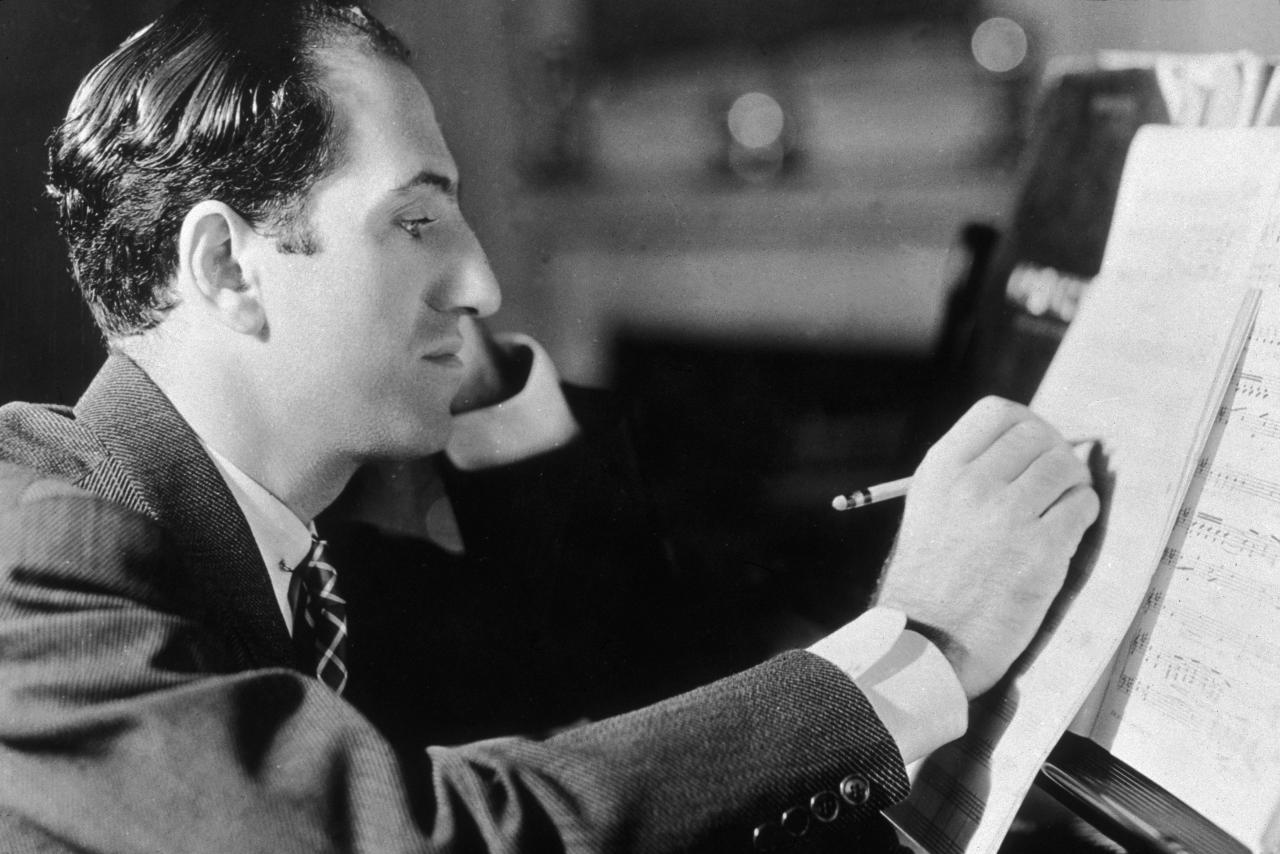Rhapsody in Blue is a 1924 musical composition for solo piano and jazz band, which combines elements of classical music with jazz-influenced effects. Commissioned by bandleader Paul Whiteman and written by George Gershwin, the work premiered in a concert titled “An Experiment in Modern Music” on February 12, 1924, in Aeolian Hall, New York City. Whiteman’s band performed the rhapsody with Gershwin playing the piano. Whiteman’s arranger Ferde Grofé orchestrated the rhapsody several times including the 1924 original scoring, the 1926 pit orchestra scoring, and the 1942 symphonic scoring.
The rhapsody is one of Gershwin’s most recognizable creations and a key composition that defined the Jazz Age. Gershwin’s piece inaugurated a new era in America’s musical history, established his reputation as an eminent composer and became one of the most popular of all concert works. In the American Heritage magazine, Frederic D. Schwarz posits that the famous opening clarinet glissando has become as instantly recognizable to concert audiences as the opening of Beethoven’s Fifth Symphony.






